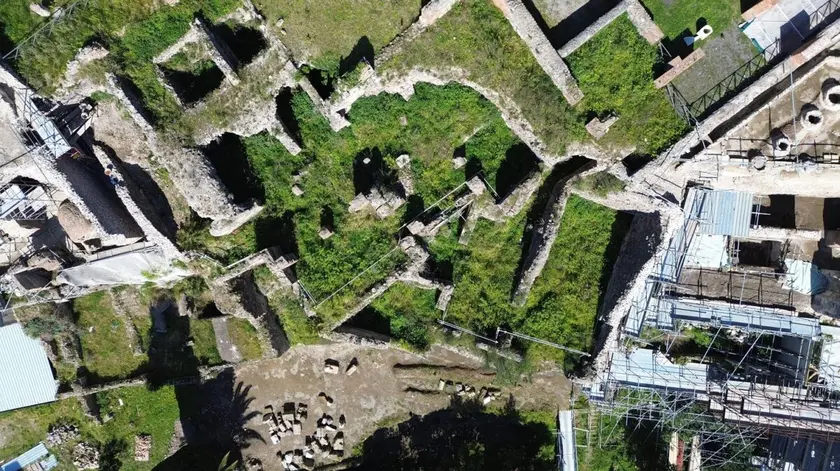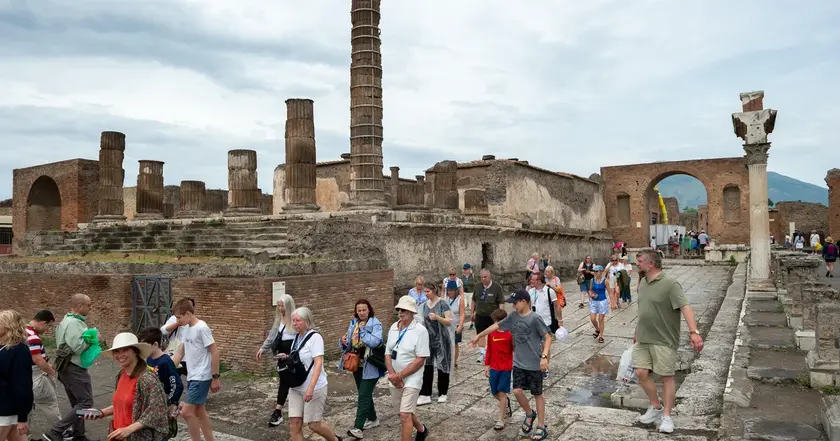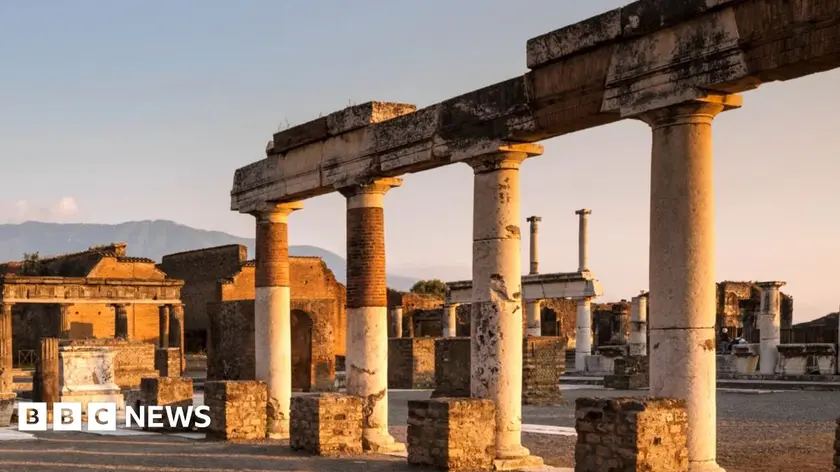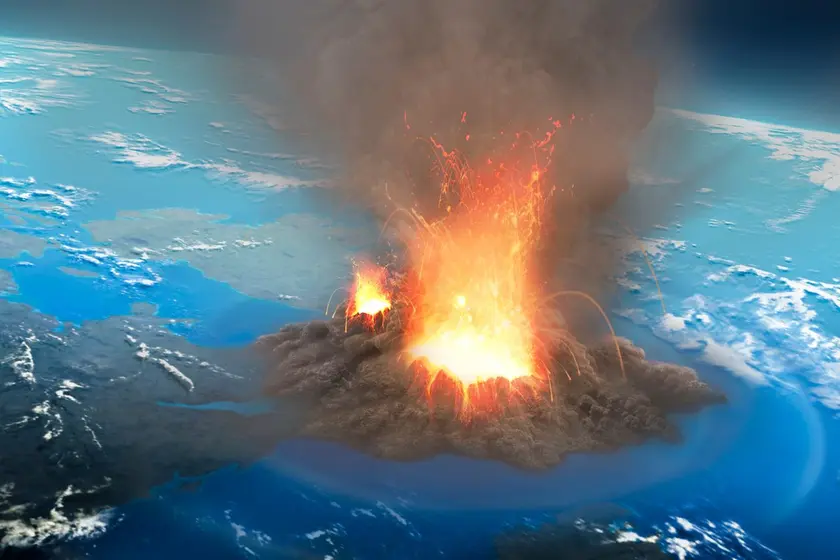T4K3.news
Pompeii finds reveal long post eruption life
New excavations show survivors and newcomers living on upper floors for centuries after AD 79 in Pompeii.

New excavations in Pompeii show that survivors and newcomers settled on upper floors for centuries after the AD 79 eruption, reshaping the city’s story.
Pompeii Reoccupation After Vesuvius Eruption Reveals 400 Years of Turmoil
New excavations in Pompeii’s Insula Meridionalis, the southern quarter of the city, show that survivors of the AD 79 eruption and later arrivals settled on the upper floors of ruined houses. Entrances to the lower floors remained buried in ash, so residents used these lower spaces as cellars, baking ovens and mills beneath rooms where they lived. The pattern suggests that post eruption Pompeii looked more like a precarious encampment than a formal city. The district sits between the Imperial Villa and the theaters, and conservation work was needed to keep the fragile ruins intact as researchers mapped the traces of reoccupation.
Archaeologists estimate the pre eruption population of Pompeii and Herculaneum at about 25,000, but it is unclear how many survived or returned. Many survivors are believed to have moved to towns along the coast, including Naples and Puteoli. Those who came back likely included both former residents and people from nearby towns drawn by valuables or shelter among the ruins. The new findings place the post eruption period from AD 79 to roughly the fifth century, with the possibility of a later evacuation after another eruption in AD 472.
Key Takeaways
"Post-79, Pompeii re-emerges less as a city than as a precarious and gray agglomeration"
Zuchtriegel describes the post eruption state
"Thanks to the new excavations, the picture is now clearer"
Archaeologists on the findings
"The faint traces of the site's reoccupation were literally removed"
Comment on past excavation practices
"Post-eruption Pompeii was disorganized and probably lawless"
Characterization of the post eruption society
These findings reshape how we tell the Pompeii story. The city was not simply a ruin left to time; it endured in a quiet, improvised way. That shifts our view of resilience and of the line between memory and life. It also raises questions about how archaeology records fragile traces when the ground offers only upper-floor clues. The work reminds readers that an ancient city can survive in fits and starts, through improvised living spaces, not through grand reconstruction.
Highlights
- Post-79, Pompeii re-emerges less as a city than as a precarious and gray agglomeration
- Thanks to the new excavations, the picture is now clearer
- The faint traces of the site's reoccupation were literally removed
- Post-eruption Pompeii was disorganized and probably lawless
History lingers in stone and ash, inviting us to read the living traces of Pompeii.
Enjoyed this? Let your friends know!
Related News

New archaeological findings in Pompeii reveal past resilience

New evidence shows people lived in Pompeii's ruins after eruption

New findings reveal risks of Yellowstone supervolcano eruption
Documentary Investigates Iconic Vietnam Photo Controversy

Kate Beckinsale announces mother's passing

Myleene Klass reveals cheating claims against ex

Guilty verdict in a high profile domestic case

Malcolm-Jamal Warner passes away in tragic accident
